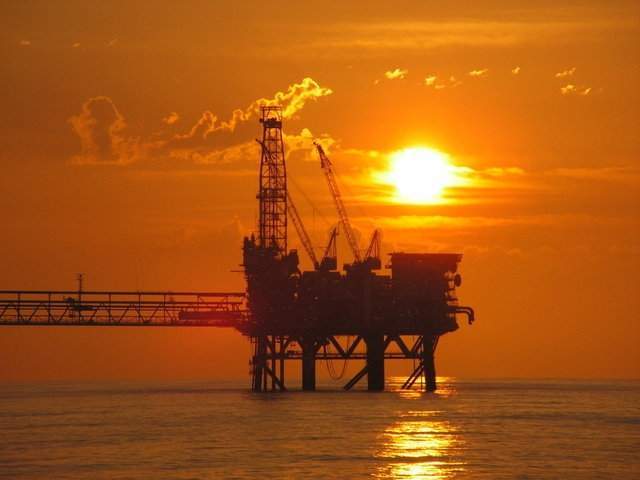Shell UK, with partners Rockrose Energy and Dyas U.K., have taken a final investment decision (FID) for the development of the Arran gas and condensate field in the UK North Sea.

Image: Shell and partners takes FID on Arran field development in North Sea. Photo: courtesy of QR9iudjz0/Freeimages.com.
The Arran field development is the fourth FID announcement by Shell in the UK North Sea in 2018. Besides, Shell has become the operator of the Arran project.
The field development is expected to result in further growth of the company’s production. Earlier, the company made investment decisions to redevelop the Penguins field in the northern North Sea, the Alligin field West of Shetland and the Fram field in the Central North Sea.
The Arran field is expected to have a peak production capacity of 21,000 barrels of oil equivalent per day.
Shell and its partners expect the field to produce around 100 million standard cubic feet per day of gas and 4,000 barrels per day of condensate.
Shell UK and Ireland upstream vice president Steve Phimister said: “As Shell marks 50 years of production in the UK North Sea, today’s announcement to invest in the Arran field and to assume operatorship is further proof of our continued commitment to the UK.”
The Arran program includes drilling four new development wells.
The natural gas and liquids produced from those wells will be transported through a newly installed subsea pipeline to the Shearwater platform.
Phimister said: “By working closely with partners to maximise the economic recovery of the North Sea, we’ve been able to transform and revitalise Shell’s UK Upstream business by focusing on competitive projects and operational excellence.
“Arran is an important addition to Shell’s portfolio as we seek to strategically grow our central North Sea production around the Shearwater hub.”
The FID taken on the Arran field is subject to the field development plan receiving approval from the Oil and Gas Authority (OGA).
Originally discovered in 1985, the field is located nearly 240km East of Aberdeen, in the Central North Sea, close to the UK/Norway median line in, 85m water depth.
